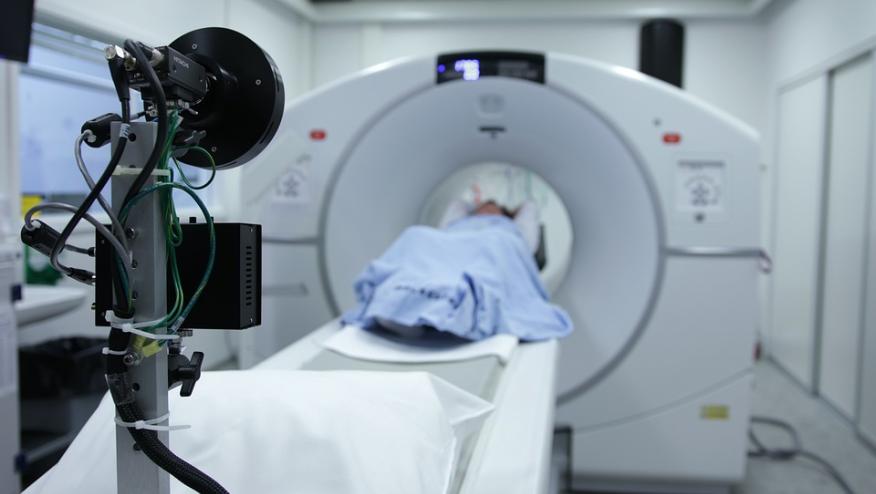ICYMI: Best Imaging in Giant Cell Arteritis - US, PET, MRI? Save

Editor's note: This article originally appeared April 10, 2024, and is being shared again while RheumNow enjoys the July 4th holiday.
Imaging is often instrumental in diagnosing and staging patients diagnosed with giant cell arteritis (GCA). A new study compared the diagnostic performance of Colour Duplex Ultrasound (CDUS), Fluor-18-deoxyglucose Positron Emission Tomography Computed Tomography (FDG-PET/CT) and Magnetic Resonance Imaging (MRI) in patients suspected of giant cell arteritis and found the CDUS had a numerically higher sensitivity (that was not statistically superior to other modalities).
A nested-case control pilot study compared CDUS, whole body FDG-PET/CT and cranial MRI in 23 patients with GCA and 19 patients suspected of but not diagnosed with GCA. Imaging was performed within 5 working days after initial clinical evaluation.
Results are shown in the table below:
Sensitivity | Specificity | |
| CDUS | 69.6% (95%CI 50.4%-88.8%) | 100% |
| FDG-PET | 52.2% (95%CI 31.4%-73.0%) | 100% |
| MRI | 56.5% (95%CI 35.8%-77.2%) | 100% |
FDG-PET/CT was negative for GCA in those with isolated cranial GCA patients (n = 8) and MRI was negative in all isolated extracranial GCA patients (n = 4).
In 4 GCA patients with false-negative results required further imaging confirmed diagnosis.
While CDUS had a higher sensitivity, the confidence intervals of all imaging modalities were overlapping.
EULAR recommendations suggest that CDUS can be used as a first test to diagnose GCA.









If you are a health practitioner, you may Login/Register to comment.
Due to the nature of these comment forums, only health practitioners are allowed to comment at this time.